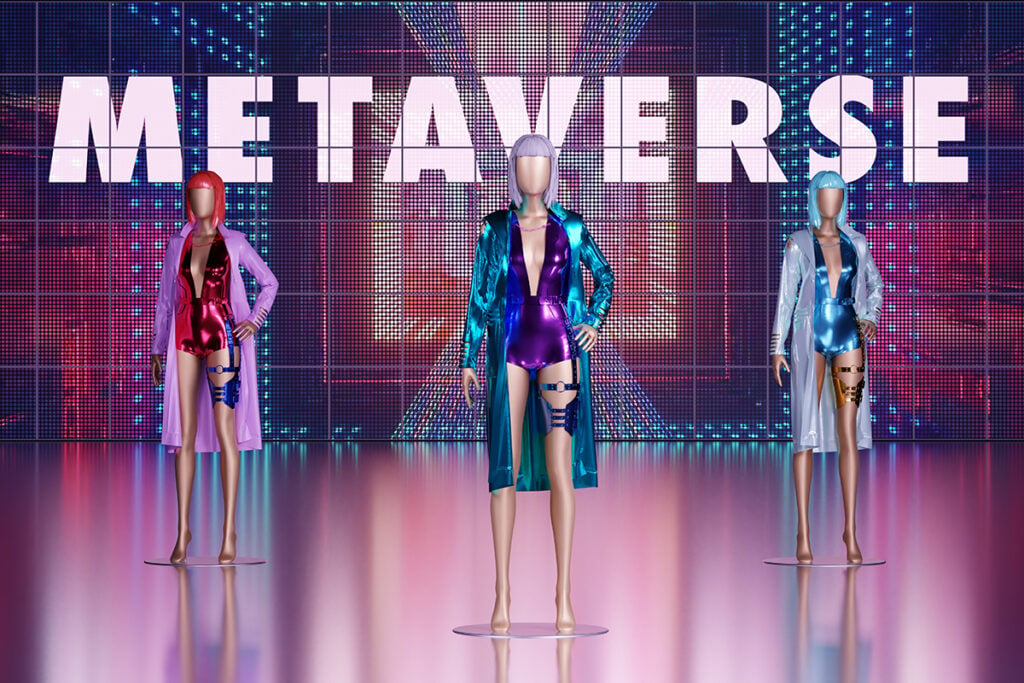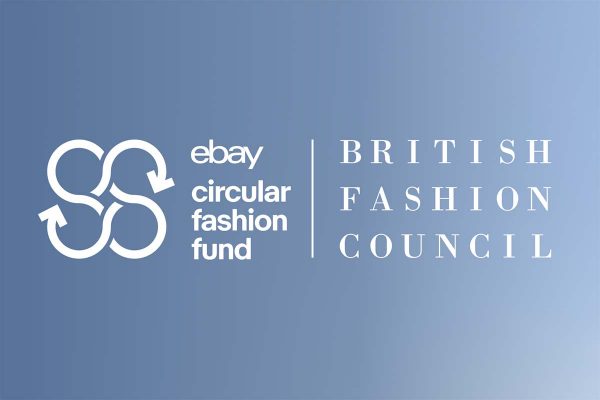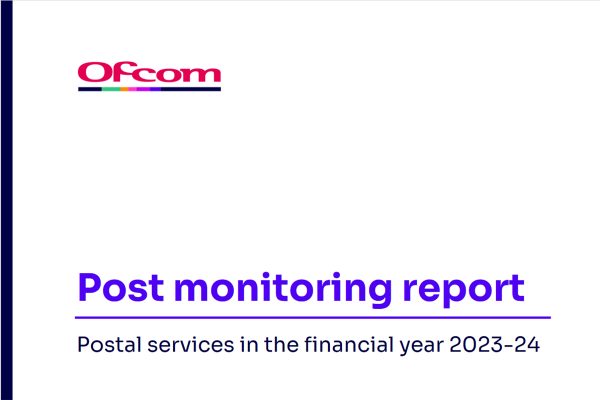We may only be at the start of the emergence of true fashion personalisation. Currently levels of personalisation revolve around ‘best fit’ with data being used to assign customers en masse to particular tropes and habits. While it may look ‘personal’ it is very much not. As AI advances – and the quantity of data on each customer expands – so the personalisation engines will be able to create much more granular views of shoppers and create ever more and truly personal marketing, which brings us to ChatGPT and the Metaverse:
ChatGPT
ChatGPT is a generative AI, so it learns and creates text content based on questions or requests asked of it. For many school kids it is a great way to get an essay written, so long as they know what to ask it to do. For retailers, ChatGPT has a number of roles to play. Firstly, it could potentially play a significant role by enhancing customer engagement and experience, increasing sales and revenue, and enabling personalised recommendations.
ChatGPT has allowed fashion retailers to communicate with customers in real-time, answering questions and providing guidance on products and services. This has already improved customer engagement and experience for a few retailers currently experimenting with it, as well as increased sales and customer satisfaction. For example, H&M launched an AI-powered chatbot that can answer customer questions, provide outfit suggestions, and even place orders for customers. As a result, H&M saw an increase in sales and customer satisfaction.
Secondly, ChatGPT could potentially be used to create more tailored and personalised marketing copy, for websites, email marketing and social media. In theory it could be used to perhaps create much more personalised content given the right input data about who it was trying to reach.
It is early days with ChatGPT and its ilk – such as Microsoft’s Bard, for example – but such is the interest in generative AI that it is sure to start playing a significant role in at the very least automating some creation tasks in the coming months.
Where it goes thereafter is anyone’s guess: this is powerful tech and its developmental pathway is hard to predict.
The Metaverse
Where livestreaming and social media are the here and now of today’s fashion ecommerce, many are eyeing where engagement may head next – and that could be the metaverse.
The term metaverse first appeared in a dystopian cyberpunk novel called Snow Crash, written by Neal Stephenson in 1992. It described a 3D, virtual reality space accessed through VR googles. Today, the metaverse pretty much matches this, acting as a VRdriven way to access the web.
So, what does this offer the fashion industry? There are two ways in which brands can tap into the metaverse: selling virtual goods, and marketing and selling real goods.
The former has so far been the limit of brand involvement in the metaverse, with mainstream and luxury fashion brands looking to sell virtual designer outfits and goods to use on characters in VR games. The model works pretty much as it would in real life: the brand releases a limited number of outfits or items as non-fungible tokens (NFTs) on the blockchain. These can then be bought and either worn or traded, thus creating a whole new second hand market in virtual luxury goods, but that’s another story.
This is an extract from our RetailX UK Fashion Report 2023 which you can download here, which explores how the fashion sector continues to shrink back from its pandemic peak, but despite inflation, remains stronger than in 2019. Also in the report are Also included are in-depth company profiles illustrating how brands are keeping pace with new technology and consumer trends, including Debenhams, Hotter, Matalan and Next.
Also to further explore Fashion in the Metaverse, watch out interview with NTZNS, who say that Metaverse fashion is already a 3.1billion commerce channel. Costantino Roselli discusses how fashion business models in the Metaverse work and what the future holds for both premium luxury brands and fast fashion in a world of avatars.










One Response
Web3 and IA is the future